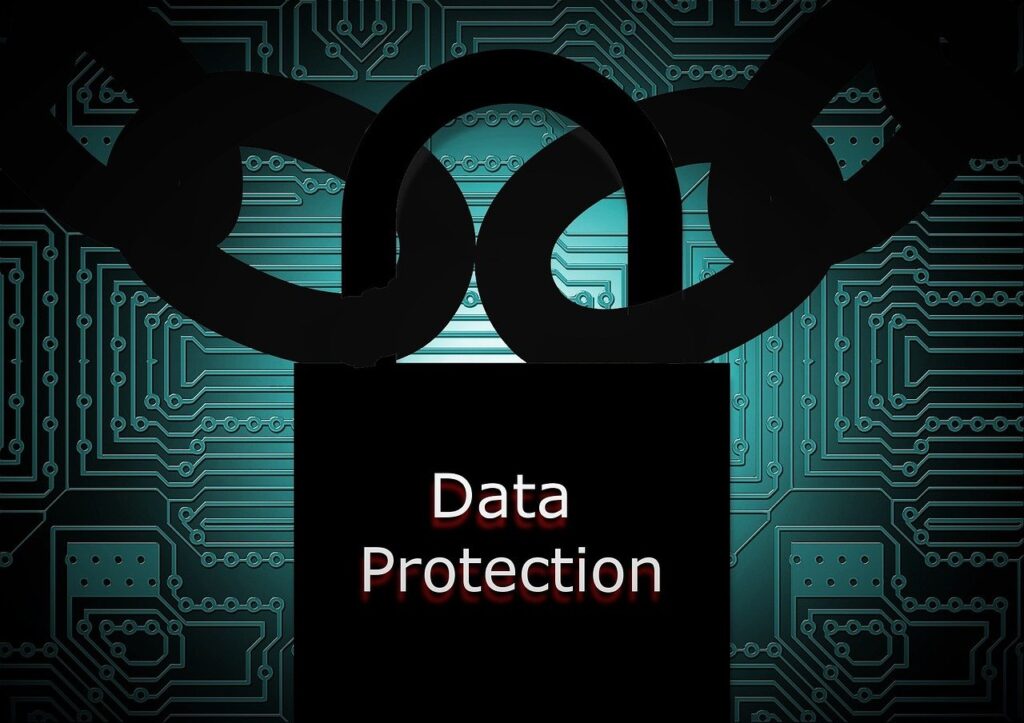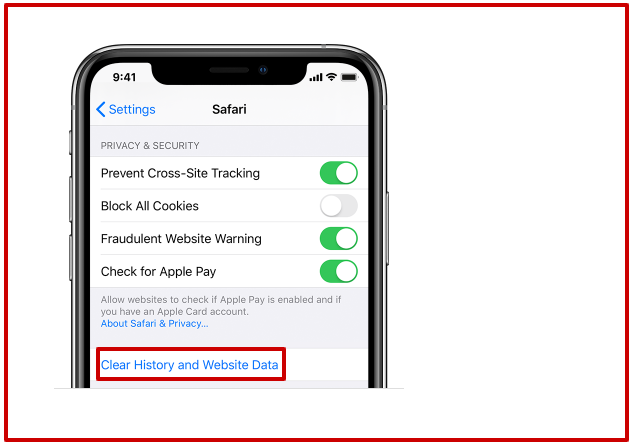Become a Cybersecurity Engineer or Ethical Hacker in 2025. Learn key skills, certifications, tools, and practical steps to launch a high-paying career in cybersecurity.
1. Learn the Fundamentals
Before diving into security-specific content, build a solid foundation in general IT concepts:
- Networking: Understand TCP/IP, DNS, ports, routing, HTTP/S
- Operating Systems: Especially Linux, which is central to most security workflows
- Hardware and system architecture basics
Recommended Resources:
- CompTIA Network+
- Cisco Networking Academy (free courses)
2. Understand Core Cybersecurity Concepts
Develop a working knowledge of cybersecurity essentials:
- Threat types: malware, phishing, ransomware, insider threats
- Security controls: firewalls, intrusion detection/prevention systems
- Cryptography: encryption, hashing, key management
- Risk management and governance
Recommended Resources:
- “The Web Application Hacker’s Handbook”
- MITRE ATT&CK Framework
- Cybrary and Coursera cybersecurity paths
3. Get Comfortable With Security Tools
Practical skills are essential. Begin using widely adopted tools in offensive and defensive security:
- Kali Linux: Security-focused Linux distribution
- Wireshark: Packet analysis
- Nmap: Network scanning
- Burp Suite: Web app testing
- Metasploit: Exploitation framework
Create a home lab using VirtualBox or VMware to test tools in a controlled environment.
4. Earn Industry Certifications
Certifications validate your skills and make your resume stand out, especially if you’re entering the field without a degree or formal tech background.
Recommended Certifications & Courses:
- CompTIA Security+
Entry-level certification covering core security concepts. Great first step for beginners.- Course Option: Security+ on Udemy or LinkedIn Learning
- Certified Ethical Hacker (CEH)
Focuses on penetration testing, vulnerability assessment, and hacking techniques.- Official EC-Council training available
- Course Option: CEH on Cybrary
- Offensive Security Certified Professional (OSCP)
A hands-on certification that requires you to hack into machines and write detailed reports. Highly respected in the industry.- Course Included: “Penetration Testing with Kali Linux (PWK)” by Offensive Security
- CISSP (Certified Information Systems Security Professional)
Ideal for experienced professionals looking to move into security leadership or architecture.- Course Option: CISSP on Coursera
5. Practice in Simulated Environments

Hands-on practice is critical. Use platforms that provide real-world scenarios:
- TryHackMe
- Hack The Box
- PortSwigger Web Security Academy
- OverTheWire (for Linux and networking basics)
- Bug bounty platforms (e.g., HackerOne, Bugcrowd)
These environments help you learn exploit techniques, defenses, and reporting standards.
6. Build a Portfolio
Demonstrate your expertise publicly:
- Write blog posts or LinkedIn articles explaining tools and hacks
- Document lab walkthroughs or CTF solutions on GitHub
- Share your scripts, exploits, or automation tools
A portfolio can be just as powerful as a resume—especially for junior roles.
7. Apply for Entry-Level Roles
Common starting roles include:
- Security Analyst
- SOC Analyst (Security Operations Center)
- Network Security Administrator
- Junior Penetration Tester
These roles provide real-world experience and mentorship opportunities, setting you up to grow into senior positions.
8. Stay Updated and Specialize
Cybersecurity changes rapidly. Stay current by:
- Subscribing to security newsletters and blogs
- Following updates from organizations like OWASP and NIST
- Participating in Capture the Flag (CTF) competitions
- Specializing in areas like cloud security, application security, or threat hunting
Become a Cybersecurity Engineer!
Becoming a Cybersecurity Engineer or Ethical Hacker isn’t about a single certification or tool—it’s about cultivating a mindset of curiosity, persistence, and ethical responsibility. If you’re driven to protect, learn, and adapt in a fast-changing digital world, this path can be both professionally and personally rewarding.
The journey starts with the first command line and never really ends.
[Read More – Ghibli Melting ChatGPT’s GPU? Sam Altman Reacts to the Trend ]
[Read More – How to Become a Software Developer: A Beginner’s Guide ]







